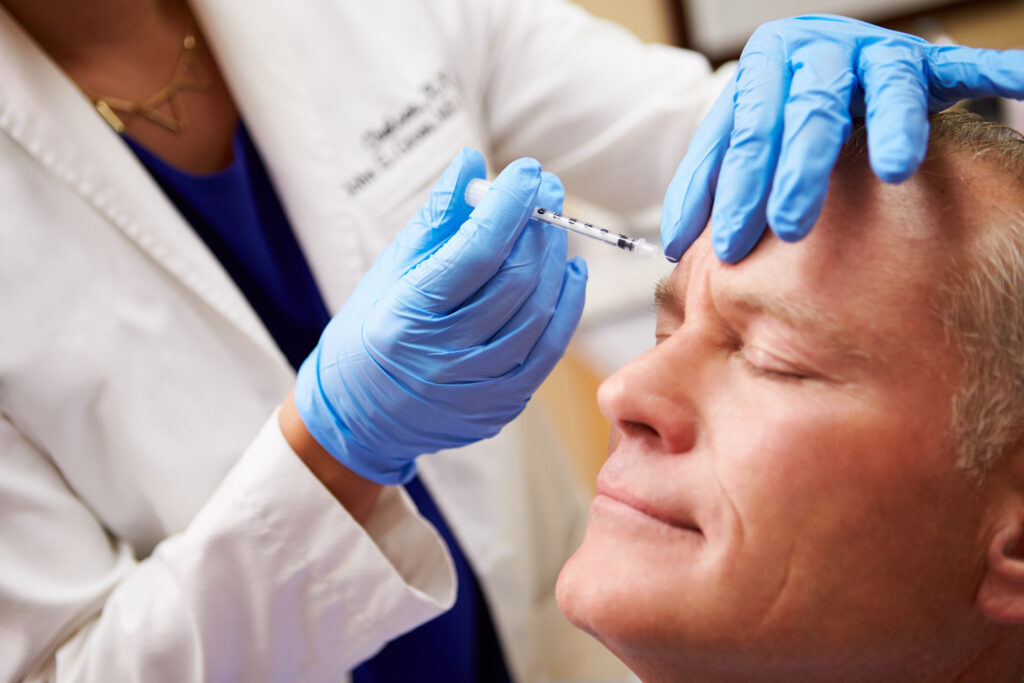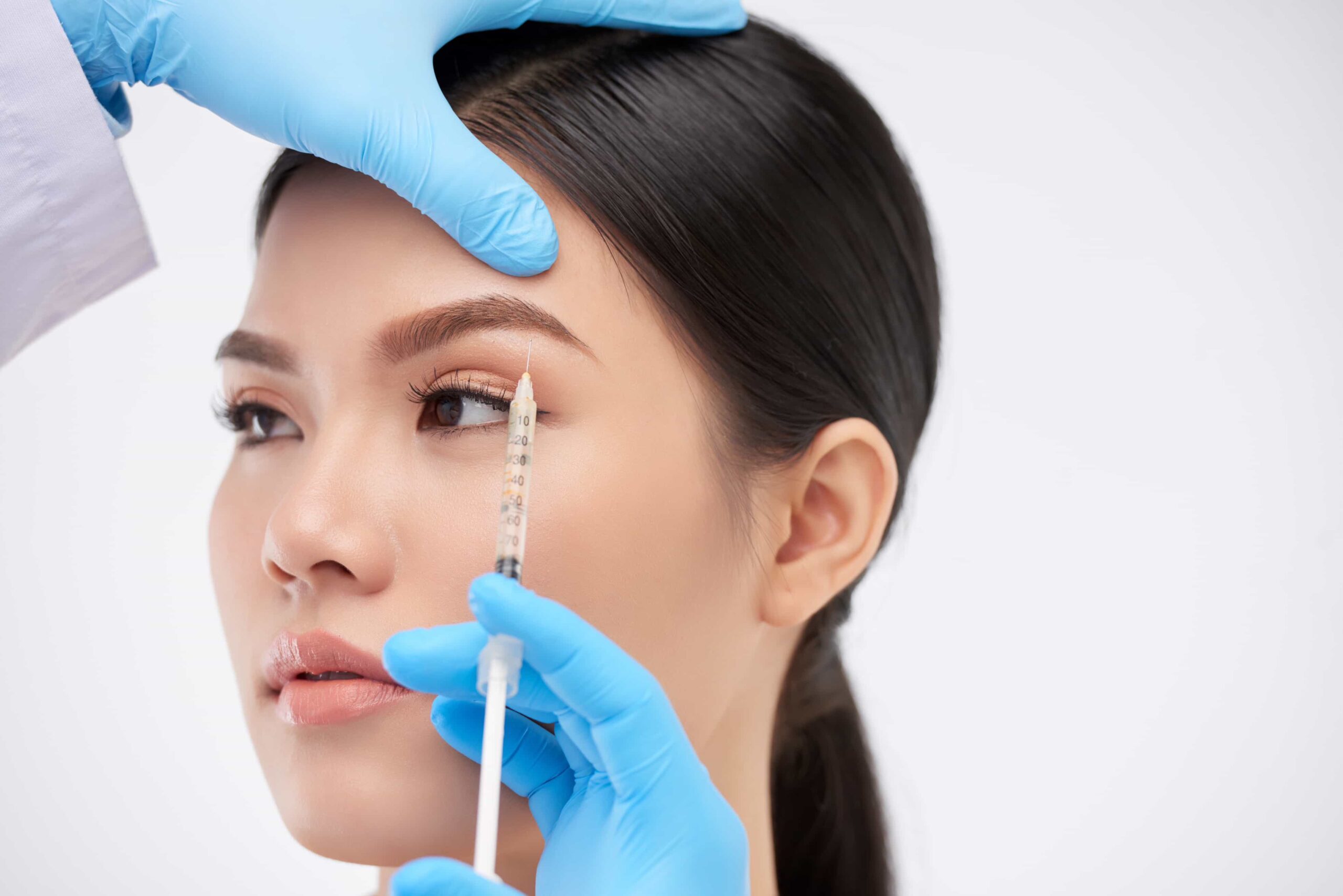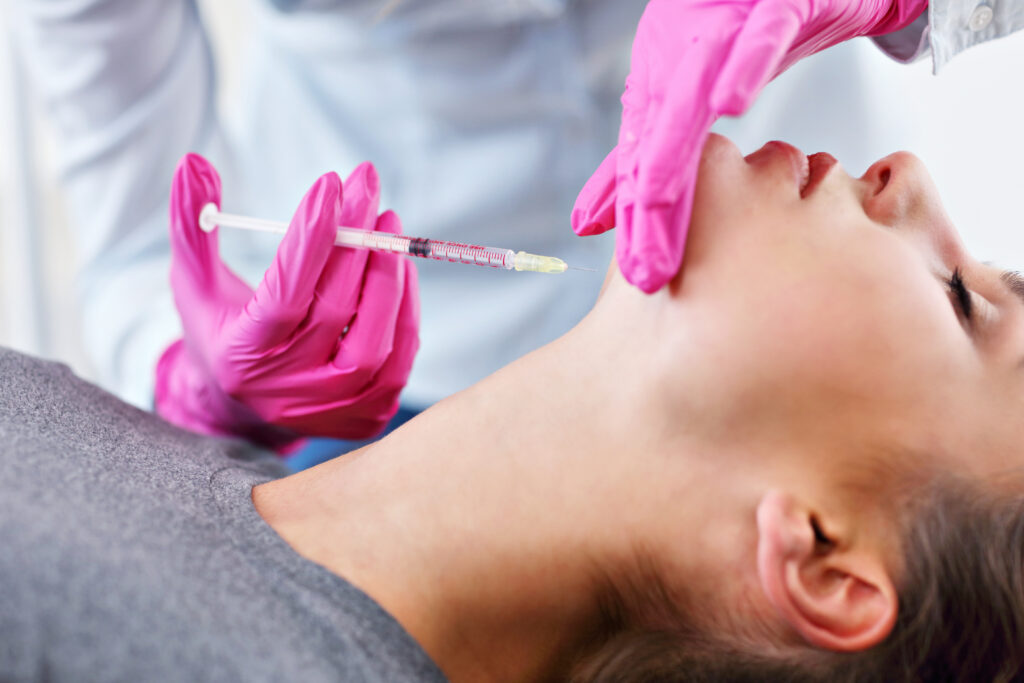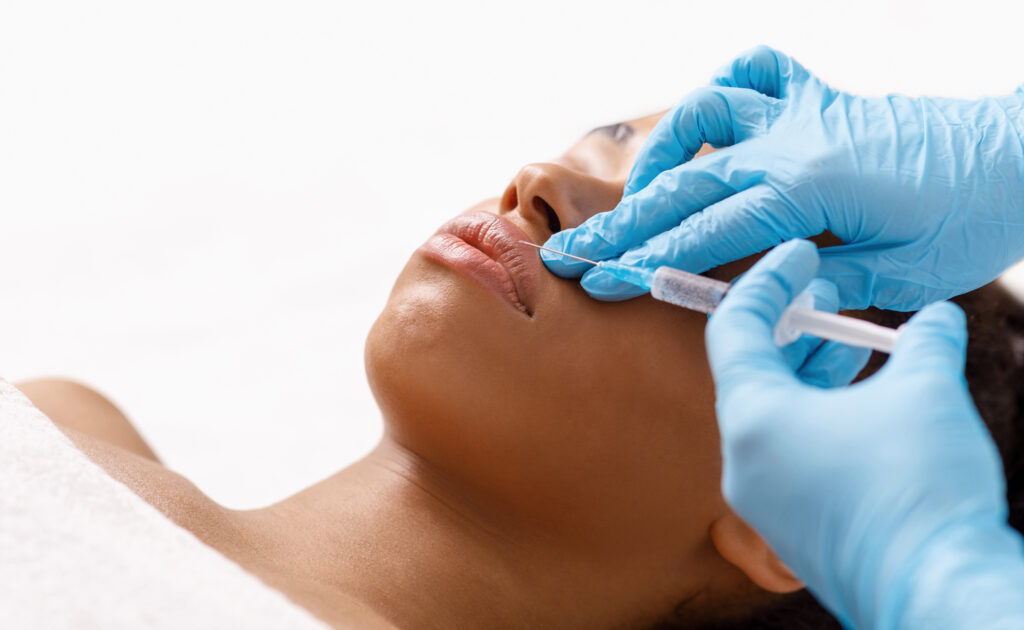Botox helps treat chronic migraines by reducing high levels of CGRP and other pain-related proteins.

Doctors use Botox to treat chronic migraines by lowering the release of neurotransmitters and proteins like CGRP, which are often high in people with migraines.
First, Botox blocks pain signals from reaching the brain. Then, it reduces activity in the sensory nerves. Together, these effects help relieve migraine symptoms.
Botox helps reduce how often and how severe chronic migraines occur. It gives relief to people who struggle with frequent headaches.
This treatment is non-invasive and involves little discomfort or downtime.
Many patients return to normal activities after their Botox appointment.
Key recommendations:
•Treatment includes 31 injections in the head and neck every 12 weeks.
•Avoid tight hats or helmets after treatment to prevent Botox from shifting.
•Don’t dye your hair within 48 hours to avoid irritation.
•Expect mild soreness and avoid strenuous activity on the day of treatment.
•You can still take migraine medications the same day, as Botox won’t interfere.
What to expect:
•Botox takes 7–10 days to start working.
•Some may notice more headaches or neck pain in the first week as the previous dose wears off.
•Talk to your provider if side effects or concerns arise.
About 50% of patients see fewer migraines. Many also report less pain, fewer triggers, better results from medication, and relief from nausea.
Some patients feel symptoms return before their next dose—this is known as the “wearing off” effect.
Patients should follow their provider’s aftercare instructions. This may include avoiding strenuous activity right after treatment and watching for any side effects.
To keep getting results, patients need regular follow-up appointments.
If patients respond well to Botox, they may be able to wait up to four months between treatments without symptoms returning.
Botox for migraines can be covered by insurance if you meet the criteria. Otherwise you can pay for it out of pocket. The amount of units used is 155 units.







